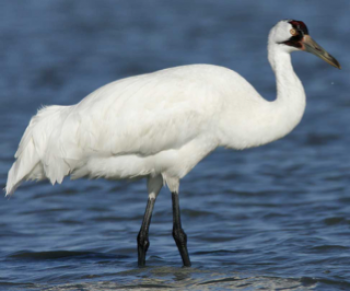Serendip is an independent site partnering with faculty at multiple colleges and universities around the world. Happy exploring!
biology

What is MediaThread?
 MediaThread, a project created by the Columbia Center for New Media Teaching and Learning through the Digital Bridges Initiative is a service that allows you to blend your thoughts with multimedia sources and share them with others. MediaThread supports video, images, metadata, and many content websites listed below. Most compatible with Firefox, MediaThread is currently being used by Columbia, MIT, Wellesley, Dartmouth, The American University in Cairo, and many other institutions of higher education.
MediaThread, a project created by the Columbia Center for New Media Teaching and Learning through the Digital Bridges Initiative is a service that allows you to blend your thoughts with multimedia sources and share them with others. MediaThread supports video, images, metadata, and many content websites listed below. Most compatible with Firefox, MediaThread is currently being used by Columbia, MIT, Wellesley, Dartmouth, The American University in Cairo, and many other institutions of higher education.
Who can do what with MediaThread? Through MediaThread...
Learning about nature by touching it
Minh, Barbara and I visited with two upperclassmen, Sruthi and Hira on an ecological tour of the campus.. This is my account

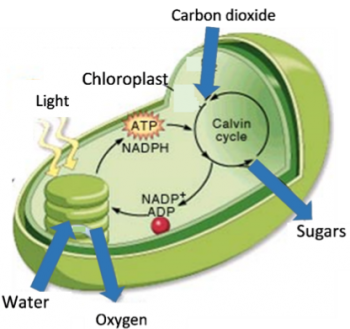 In this analysis and discussion activity, students develop their understanding of photosynthesis by answering questions about three different models of photosynthesis.
In this analysis and discussion activity, students develop their understanding of photosynthesis by answering questions about three different models of photosynthesis.
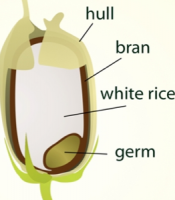
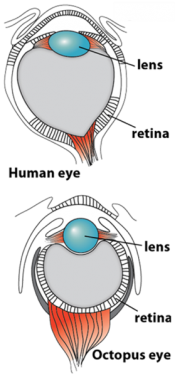
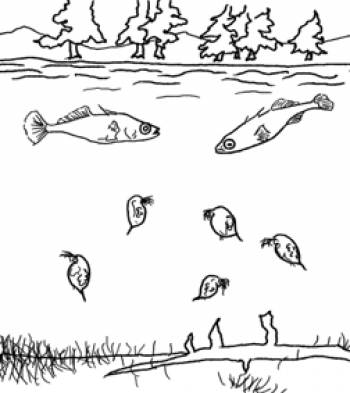 In common experience, the term "adapting" usually refers to changes during an organism's lifetime.
In common experience, the term "adapting" usually refers to changes during an organism's lifetime.